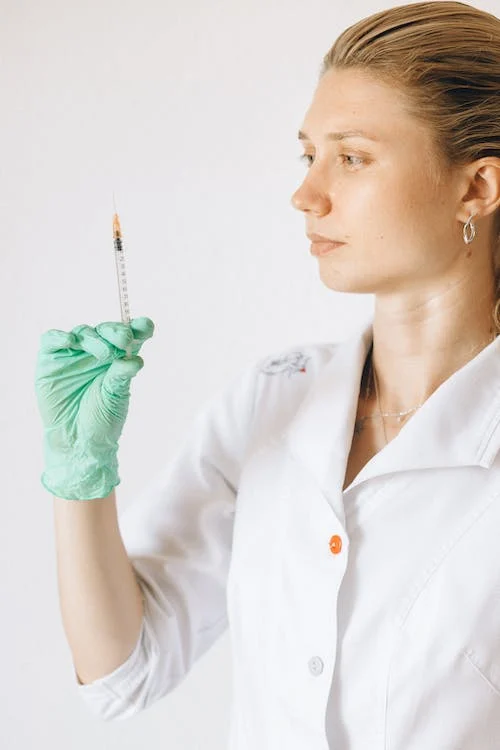Have you used telemedicine to seek health care in recent months? Thanks in part to the COVID-19 pandemic, telemedicine has been growing in popularity among health care providers and patients alike. Telemedicine uses digital communication technology to provide health care. Teledentistry refers to using telehealth to connect dentists and patients, and to provide dental services.
Teledentistry is being used to provide education and patient care and offers patients greater access to care while giving dentists an easy way to connect with and care for the people they treat. There are numerous ways to use teledentistry, including real-time (i.e., synchronous) consultations.
Typically, a consultation involves a live video call between the dentist and his or her patient instead of an in-person visit to the dental office. The dentist can provide some types of examinations to diagnose and treat the patient, and can then determine the appropriate next steps. Patients are more likely to proceed with dental care when they learn more about it and have a complete understanding of what treatment entails and the benefits of receiving it. Teledentistry offers dentists an opportunity to educate patients in this way; they can also provide in-home care instructions to the patient, prescribe a medication or schedule a visit for in-person treatment.
Asynchronous communication is the process of transmitting and storing health information through protected communication systems. (The systems used must comply with the Health Insurance Portability and Accountability Act.) In a dental setting, that information includes X-rays, digital impressions, photographs and videos. This kind of information can be used by the dentists to help diagnose and monitor the condition of the patient, but it need not be shared during a one-on-one consultation.
Teledentistry can also be used to remotely monitor a patient’s progress, whether the patient is at home or in another location, including a hospital or care center. The patient or another person (such as a caregiver or health care provider) can collect medical data and transmit it to the dentist. In this case, the dentist may also use video chatting to elicit additional information from the patient and communicate any changes in treatment.
Mobile health is another growing use of teledentistry. Mobile health lets dental practices use tablets or mobile phones to share dental health and wellness information to current and prospective patients. The growing prevalence of mobile phones makes this aspect of teledentistry one that is likely to expand.
With all of the options and opportunities available, it’s not surprising that many dentists are using telemedicine to treat their patients. The accompanying resource describes more about its usage and potential benefits.

